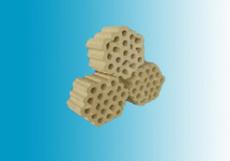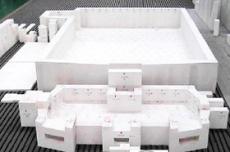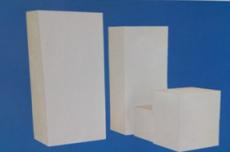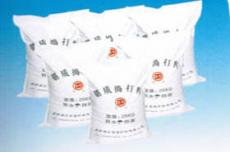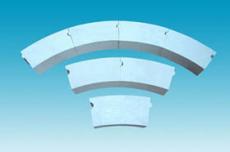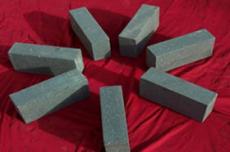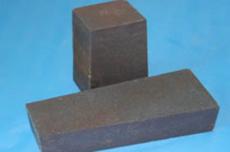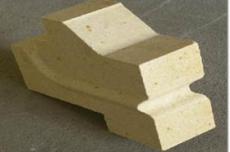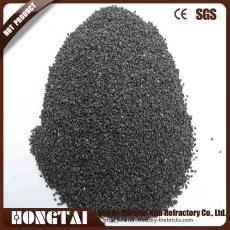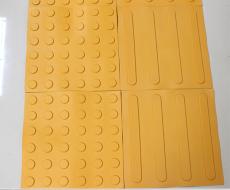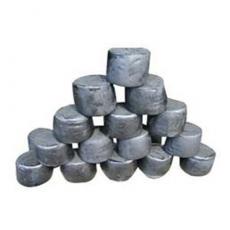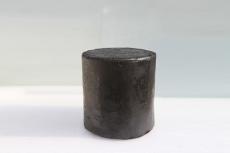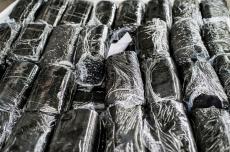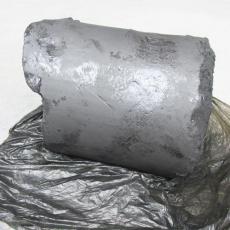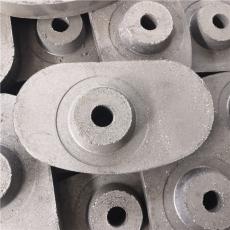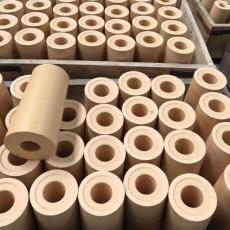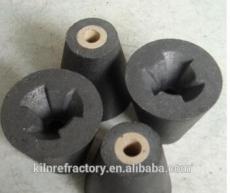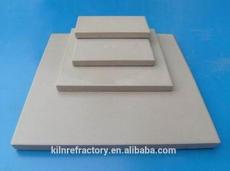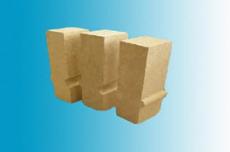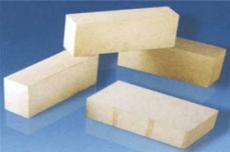
Causes of damage to ladle refractory materials
1. Ladles are used to transport high-temperature molten steel. During transportation, high-temperature molten steel and slag at around 1680℃ scour and erode them, especially at the slag line, where scouring and erosion are more serious, which is an important factor in determining the service life of a tank.
2. LF and other off-furnace refining treatments seriously damage unfired bricks.
3. When the converter taps and molten steel flows out, the lining is subjected to drastic temperature changes, which causes cracks and spalling of the lining material.
4. When the ladle is loaded with molten steel during the converter tapping, the high-temperature molten steel has a strong mechanical scouring of its bottom, causing the lining material in this part to be easily damaged by thermal shock.
Damage mechanism of ladle refractory materials
The damage mechanism of ladle refractory materials is mainly caused by erosion and penetration of high-temperature slag. The slag line of the ladle is mainly melt-damaged, and the side wall is cracked and thermally spalled due to the penetration of slag. The melting loss rate is related to the slag temperature, viscosity and reaction rate of the material. The high temperature of molten steel, the long retention time in the ladle, the low viscosity of slag and the pore penetration, liquid phase penetration and diffusion in the solid phase of the matrix material cause qualitative changes in the composition and structure of the material surface, forming a metamorphic layer with a high degree of solubility, which is prone to peeling and accelerates the damage of the lining bricks. The lining of the ladle with the same or different chemical composition of the refractory material has different damage rates due to its different organizational structure and performance. The ladle cannot operate continuously, resulting in a decrease in the lining temperature or even a cold ladle, which is also prone to lining structure peeling, reducing the service life of the ladle.
The erosion of slag on refractory materials is not limited to the dissolution of the surface, but the slag can also invade (penetrate) the interior of the refractory material, expand its reaction area and depth, and its composition and structure near the surface of the material undergo qualitative changes, forming a metamorphic layer with high solubility, accelerating damage. The proportion of this invasion is roughly proportional to the porosity. Therefore, even if the chemical composition of the refractory material is the same, its melting loss rate is significantly different due to its different organizational structure.
The higher the open porosity of the refractory material, the faster the slag intrusion speed, and the intrusion ratio is approximately proportional to the porosity. Even if the apparent porosity of the refractory material is the same, the erosion speed will also change due to the different shapes, sizes and distribution of the pores.
Characteristics of refractory materials for ladle lining
According to the above analysis, refractory materials for ladle lining should have the following characteristics: dense and uniform organizational structure; micro-expansion at high temperature, good volume stability; high strength, and a small ratio of medium-temperature strength to high-temperature strength.
During the use of refractory materials, slag easily penetrates from the heating surface to the deep inside, significantly reducing the porosity near the working surface and densifying it, forming a very thick metamorphic layer. When the temperature changes drastically, cracks parallel to the working surface are generated at the junction between the metamorphic layer and the original brick layer, causing the bricks to peel off and be damaged. The way to reduce the structural spalling of refractory materials is to reduce the depth of slag penetration. This can be done from the following aspects:
(1) Improve the slag penetration resistance of refractory materials;
(2) Reduce the porosity of refractory materials and reduce the erosion channel of slag;
(3) Slag reacts with refractory materials to form a high melting point compound barrier to prevent slag penetration;
(4) Increase the viscosity of slag. The greater the viscosity of slag, the worse its erosion to refractory materials.
